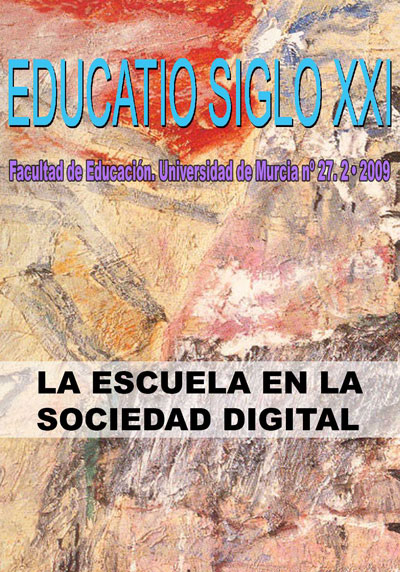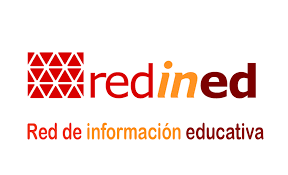The Development of Semiotic Competence through the Creative Use of ICTs in the Didactics of Language and Literature
Abstract
This article insists on the professional responsibility to promote the mediative capacity of the digital competence in order to avoid its advertising in the “retablo de las maravillas”, which the television screen and the internet simulate and propagate by manipulating the viewers towards the consumer addiction.
The language and Literature Didactics, according to the present curriculum and the EESS expectations, promotes the development of the communicative competence in the 21st century digital context through the semiotic study of both the mass media included in the ICT and also of the education in and with its democratic use through the critic understanding (semilological competence) and its creative expression of hypertexts.
It is really a challenge to take advantage of the great amount of information, socialization, versatility that the ICT offer to the students of different ages, as well as the change of mentality concerning cooperation which involves institutions, behaviour models for both teachers and learners, and the easy access to recources such as on-line libraries and courses, internet forums, blogs, etc. The poeticopening of the didactics which assumes this challenge profits from the transtextuality, to which the hypermedia books adapt and are made in our creative workshops with the classics.
Downloads
-
Abstract2501
-
PDF (Español (España))761
Original work publishes in this journal is subject to the following terms:
1. Murcia University Press (the publishing house) holds the copyright of the publishes work, and favours and allows their reutilization under the use license stated in point 2.
© Servicio de Publicaciones, Universidad de Murcia, 2015
2. Work is published in the electronic edition under a license (Creative Commons Reconocimiento-NoComercial-SinObraDerivada 4.0 España (legal text). They can be copied, used, disseminated, transmitted and publicly presented, as long as: i) authorship and original publication source is acknowledged (journal, publishing house and URL of the work); ii) are not used for commercial purposes; iii) the existence and specifications of this use license is stated.
3. Conditions for self-archive. Authors are allowed and encouraged to disseminate electronically the pre-pint (before review) and/or post-print (accepted for publication) versions of their work before their publication since that favours earlier circulation and dissemination resulting in an increased chance for the authors to be cited and for the work to reach a bigger share of the academic community. Colour: RoMEO: green.







